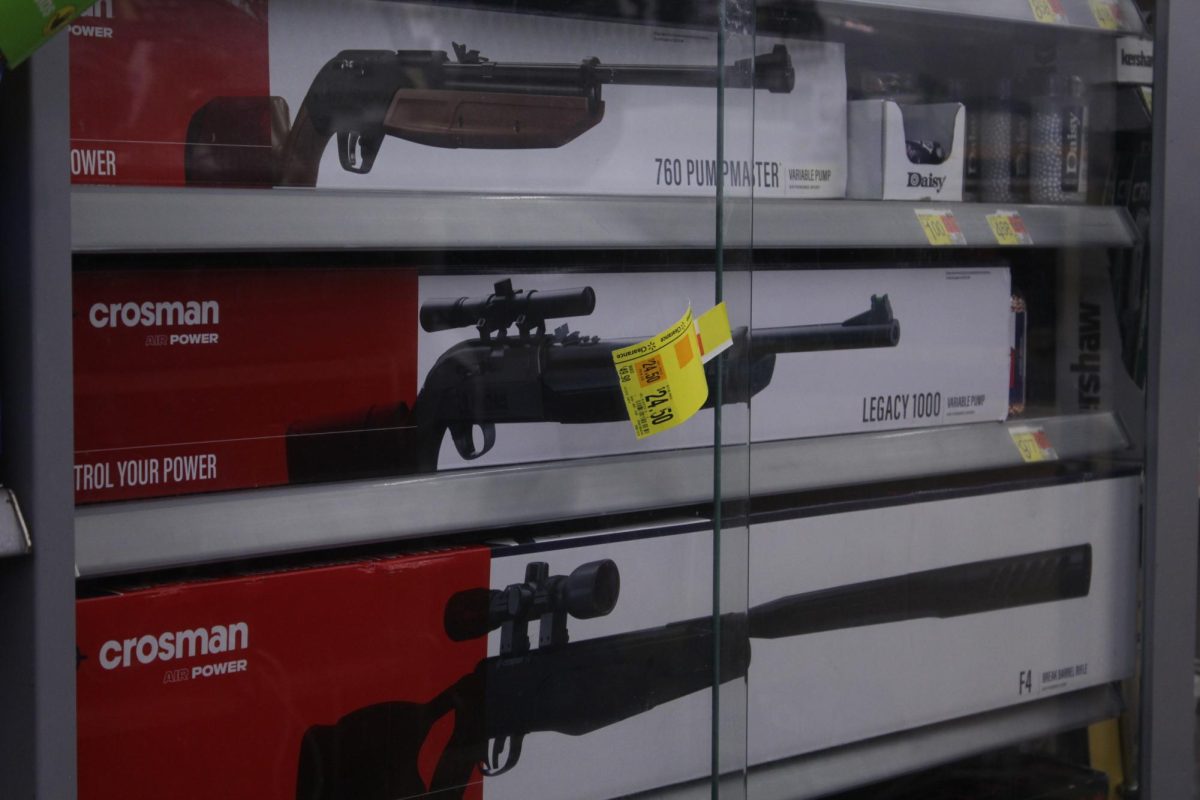If you listen to the media critics, you might think it is time to stop the presses and go home.
The critics will tell you that newspapers across the country are bleeding money. They will say paper is too expensive. They will point out that readership of newspapers has fallen, which must mean the industry is dying.
They will say that college students don’t read paper newspapers anymore. They will point to newsroom layoffs and buyouts and say that the end is nigh for paper-based journalism.
The problem is, they are wrong.
In a typical newspaper, the actual paper and ink accounts for less than 15 percent of total expenses. The real cost is the people, the journalists who gather and deliver the news day in and day out.
Those people would still be necessary even if you publish online only, which is why I call myself platform agnostic. As long as I am being paid to be a journalist, I don’t care if my work comes delivered on paper or through pixels. But for now, paper is the best and most profitable delivery method. Don’t believe me? Read on.
Setting your focus on the ink and paper is short sighted and shows a lack of understanding in how the news industry operates.
In one sense, though, the media critics are right — there is something that is ailing newspapers. But it is not the paper they are printed on. The problem with newspapers can be summed up in one word — Craigslist.
From a consumer’s standpoint, Craigslist is great. It offers free classifieds — something that used to cost money for the typical landlord, or potential employer, or seller of used dishwashers. And how could getting that service for free be a bad thing?
Well, from the news industry’s perspective, those $30 ads used to add up to big money. They used to pay the top salaries for the experienced and best reporters — journalists who are now losing their jobs.
But you know what? Craigslist is a better product than the majority of print classified advertising, and we need to accept that the classified revenue stream is gone and will never come back.
The problem is that classifieds added up to a significant portion of a typical newspaper’s profits each year. To see just how much money we are talking about, lets look at Lee Enterprises.
Never heard of Lee Enterprises? That’s what makes them the perfect bellwether for the typical newspaper. Lee Enterprises owns about 350 small newspapers all across the nation. Since their biggest newspaper is the St. Louis Post Dispatch (and not a behemoth in New York or Washington, D.C.), Lee gives us a snapshot of what is going on under the hood of a typical newspaper.
In 2006, before Craigslist went fully mainstream, Lee Enterprises earned close to 40 percent of its annual revenues from classified advertising — more than $300 million. By 2009, that number had plummeted nearly in half to $162 million, cutting the heart out of Lee’s balance sheet.
By comparison, Lee’s traditional advertising accounted for $464 million in 2006 and only fell by about 20 percent in that same timeframe (which, if you remember, includes the Great Recession).
Absent that post-Craigslist drop in classifieds, things would not necessarily be looking rosy in our nation’s newsrooms, but we wouldn’t be seeing the bloodbath going on today at newspapers across the country.
Classifieds and traditional advertising fell a combined 30 percent over three years. In response, newspapers had to cut their expenses accordingly and slashed their staffs by a similar number.
By any measure, it hurts to see veteran news reporters leave their longtime posts. There is no denying that. But, with the dominance of Craigslist, there was also no avoiding it.
The reality, however, is that, far from being an ominous sign, those cuts are actually a healthy move for the industry.
With their leaner personnel roles, newsrooms can continue operating within their tighter post-Craigslist budgets.
Most publicly traded newspapers are now posting positive numbers, and many are even on track to post profits for the first quarter of this year.
And the best news is that advertising traditionally follows the overall economy, and both the economy and advertising are looking up for this year.
Saying that newspapers’ woes can be chalked up to the Internet is short sighted and naive.
For now, the business model for print publications is solid, and I plan to read my newspaper in its paper edition long into the future — or at least until something comes along that does the job better. But that’s a discussion for another day.
Michael Giusti is the Maroon adviser and teaches journalism in the
School of Mass Communication.
He can be reached at
[email protected] the Record is a weekly
column open to any member
of Loyola’s faculty and staff.
Those interested can e-mail









